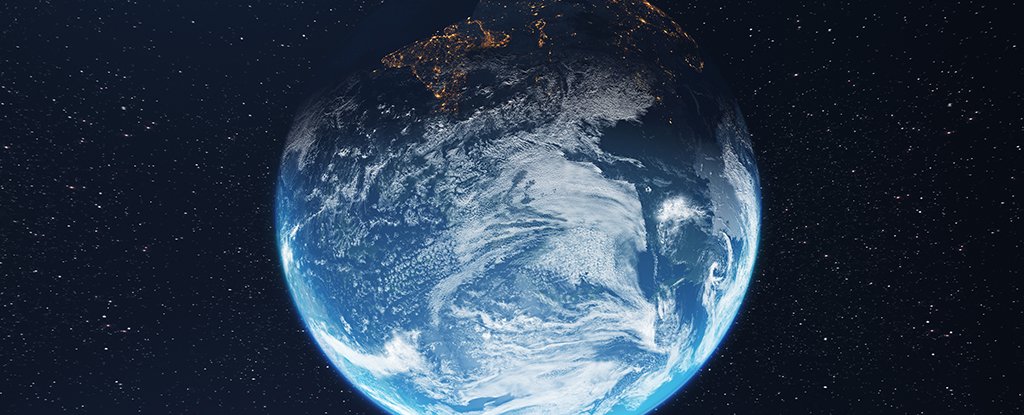Chemical leftovers from Earth’s creation still present deep within our planet: Research
According to a new study, chemical leftovers from the earth’s creation may still exist deep within our planet. The University of Utah conducted the research. Nature Geoscience published it. Scientists utilized radar waves to better comprehend the Earth’s interior structure, and seismic waves were useful for navigation. The age of the Earth estimates to be […]


According to a new study, chemical leftovers from the earth’s creation may still exist deep within our planet.
The University of Utah conducted the research. Nature Geoscience published it.
Scientists utilized radar waves to better comprehend the Earth’s interior structure, and seismic waves were useful for navigation.
The age of the Earth estimates to be around 4.5 billion years. Plate tectonics was argued by scientists as to whether it occurred early in Earth’s history or only in the second half.
There are zones near the core where seismic waves slow to a crawl. These mysterious and descriptively termed ultra-low velocity zones are unexpectedly complex, according to a new study from the University of Utah.
Chemical leftovers from Earth’s creation

According to the study’s model, some of these zones could be leftovers from the processes that molded the early Earth. They could be the remnants of inadequate mixings. They could be like clumps of flour in the bottom of a batter dish.
“Of all of the features we know about in the deep mantle, ultra-low velocity zones represent what is probably the most extreme,” says Michael S. Thorne, associate professor in the Department of Geology and Geophysics.
“Indeed, these are some of the most extreme features found anywhere on the planet.”
Initially, scientists considered that these zones were areas where the mantle was partially molten. Thus, that they could be the source of magma for “hot spot” volcanic regions like Iceland.
“But most of the things we call ultra-low velocity zones don’t appear to be located beneath hot spot volcanoes,” Thorne says, “so that cannot be the whole story.”
The research is based on the theory that the ultra-low velocity zones are made up of different rocks than the rest of the mantle. Also, their composition dates back to the formation of the Earth.
Because of the extreme heat of the planet shortly after it originated, any early water would have evaporated fast. Therefore, scientists assume the seas emerged roughly 8 million years later.
This article Chemical leftovers from Earth’s creation still present deep within our planet: Research appeared first on BreezyScroll.
Read more on BreezyScroll.


